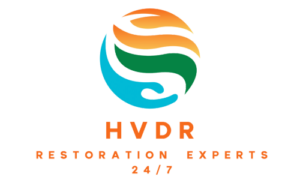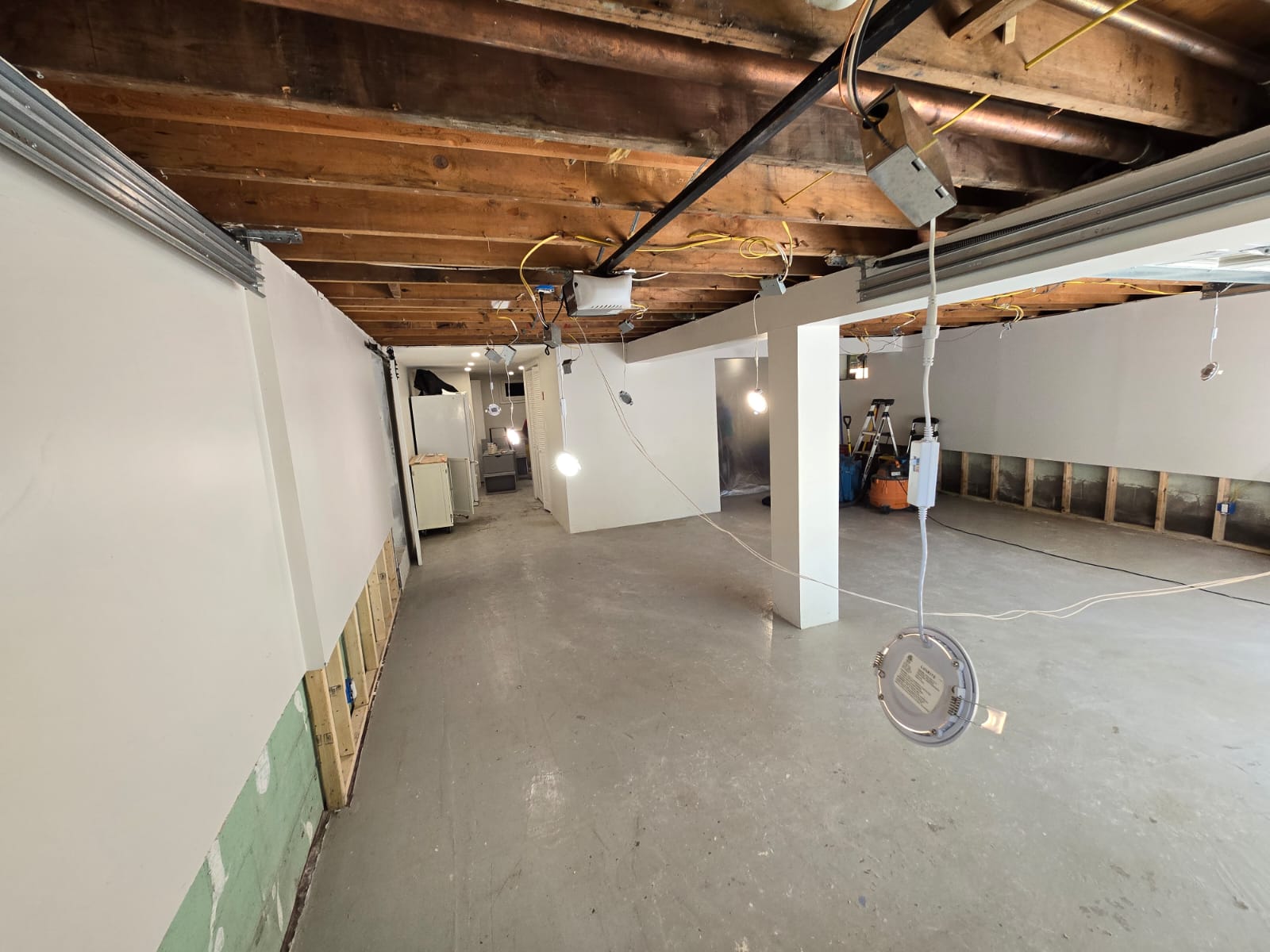STORM DAMAGE CLEAN UP AND RESTORATION SPECIALISTS
24/7 Emergency Service
Free Estimate
We can help you with the following:
- Tree Falls On Your Home
- Strong Wind Blows Off Some Shingles or Your Enter Roof
- Water Enters Your Home Due to Wind Damage to Your Roof
- Part or your Entire Home Collapses Due to Extremely Strong Winds
Thunderstorms
Thunderstorms are characterized by heavy rain, strong winds, lightning, and sometimes hail. They can cause roof damage, flooding, and water intrusion, as well as structural damage from fallen trees or lightning strikes.
Hailstorms
Hailstorms involve the formation of ice pellets (hail) that can vary in size from small pebbles to golf balls or larger. Hail can dent or crack roofs, damage siding, break windows, and harm vehicles and outdoor equipment.
Hurricanes and Tropical Storms
Hurricanes and tropical storms bring strong winds, heavy rainfall, and storm surges, especially in coastal areas. These storms can cause widespread flooding, roof damage, wind-driven debris impact, and structural damage. The intense rainfall can also lead to water intrusion and mold growth.
Tornadoes
Tornadoes are violent windstorms characterized by a rotating, funnel-shaped cloud. They can cause extreme damage, ripping off roofs, destroying walls, uprooting trees, and sending debris flying through the air. Tornadoes can lead to total destruction of homes in their direct path.
Blizzards and Winter Storms
Blizzards bring heavy snowfall, strong winds, and freezing temperatures. Winter storms can cause roof collapse due to heavy snow accumulation, ice dam formation, and burst pipes. High winds can also lead to downed trees and power lines.
Ice Storms
Ice storms occur when freezing rain coats surfaces with a thick layer of ice. The weight of the ice can bring down tree branches, power lines, and even collapse roofs. Ice can also make walkways and driveways hazardous.
Windstorms
Windstorms feature strong, sustained winds or gusts that can occur with or without precipitation. High winds can cause roof damage, break windows, topple trees, and damage siding. Wind-driven debris can also cause significant damage to structures.
Floods
Floods can result from heavy rainfall, storm surges, overflowing rivers, or dam failures. Flooding can lead to significant water damage to homes, including compromised foundations, mold growth, and ruined personal property.
FREQUENTLY ASKED QUESTIONS
We’ve compiled and answered the most frequently asked questions about storm damage clean up and restoration. These FAQs provide a comprehensive overview of storm damage clean-up and restoration, helping homeowners understand the process and the importance of timely and professional intervention. If you have questions that you cannot find an answer to on this page, feel free to contact us.
OUR STORM DAMAGE CLEAN UP AND RESTORATION PROCESS
This comprehensive process ensures that storm damage is effectively addressed, minimizing further damage and restoring the property to its original state.
- 1
Emergency/Initial Contact
The process usually begins with an emergency call to us. We provide immediate assistance and guidance on steps to take before our arrival.
- 2
Debris Removal, Boarding Up and Tarping
We clear away fallen trees, branches, shattered glass and other hazardous materials from the property to create a safe environment. Then, we board up any broken windows to prevent further damage from the elements or potential intruders. If the roof has been compromised, we install tarps to cover the damaged sections. We take every measure to ensure the property is secure and safe for the next stages of the clean up and restoration process.
- 3Inspection and Damage Assessment
Our restoration team conducts a thorough inspection to assess the extent of the water damage. We use tools such as moisture meters and infrared cameras to identify affected areas, including hidden moisture.
- 4
Water Removal/Extraction
The team uses powerful pumps and vacuums to remove standing water quickly. This step helps prevent further damage and reduces drying time.
- 5
Drying and Dehumidification
Industrial-grade air movers and dehumidifiers are used to dry out the affected areas. This step ensures that all moisture is removed from walls, floors, and other materials to prevent mold growth.
- 6Cleaning and Sanitizing
The restoration team cleans and sanitizes all restorable items and affected areas. We use specialized cleaning techniques, antimicrobial treatments, and air scrubbers to remove odors and contaminants.
- 7
Restoration and Repairs
The final step involves repairing and restoring the property to its pre-damage condition. This can include minor repairs like replacing drywall and installing new carpet, or major reconstruction projects if necessary.
- 8
Final Inspection and Confirmation
A final inspection is conducted to ensure that all restoration work is completed to the highest standards. The team confirms that the property is safe, dry, and free from any remaining moisture or damage.
WORK & PROJECTS
At Hudson Valley Disaster Recovery, we specialize in a wide range of damage restoration services, including water, storm, wind, fire and smoke damage clean up and restoration. We’re here to assist with both cash and insurance jobs, making the process as smooth as possible for you.
Rest assured, we work diligently with your insurance provider to ensure a seamless collaboration and provide complete and comprehensive documentation. This helps demonstrate the full extent of the damage to your property and the necessary work required to restore it to its pre-loss condition. Should you have a public adjuster appointed, we’ll also work closely with them to ensure everything is handled professionally and efficiently. Your satisfaction and peace of mind are our top priorities throughout the restoration process.
WHAT OUR CUSTOMERS SAY ABOUT US
We Work With Major Insurance Companies Including:




















FREE QUOTE
Do you need help with damage clean up and/or restoration? Fill out this form to get in touch.
OFFICE LINE
1.800.555.6789
EMERGENCY
1.800.555.0000
WORKING HOURS






























